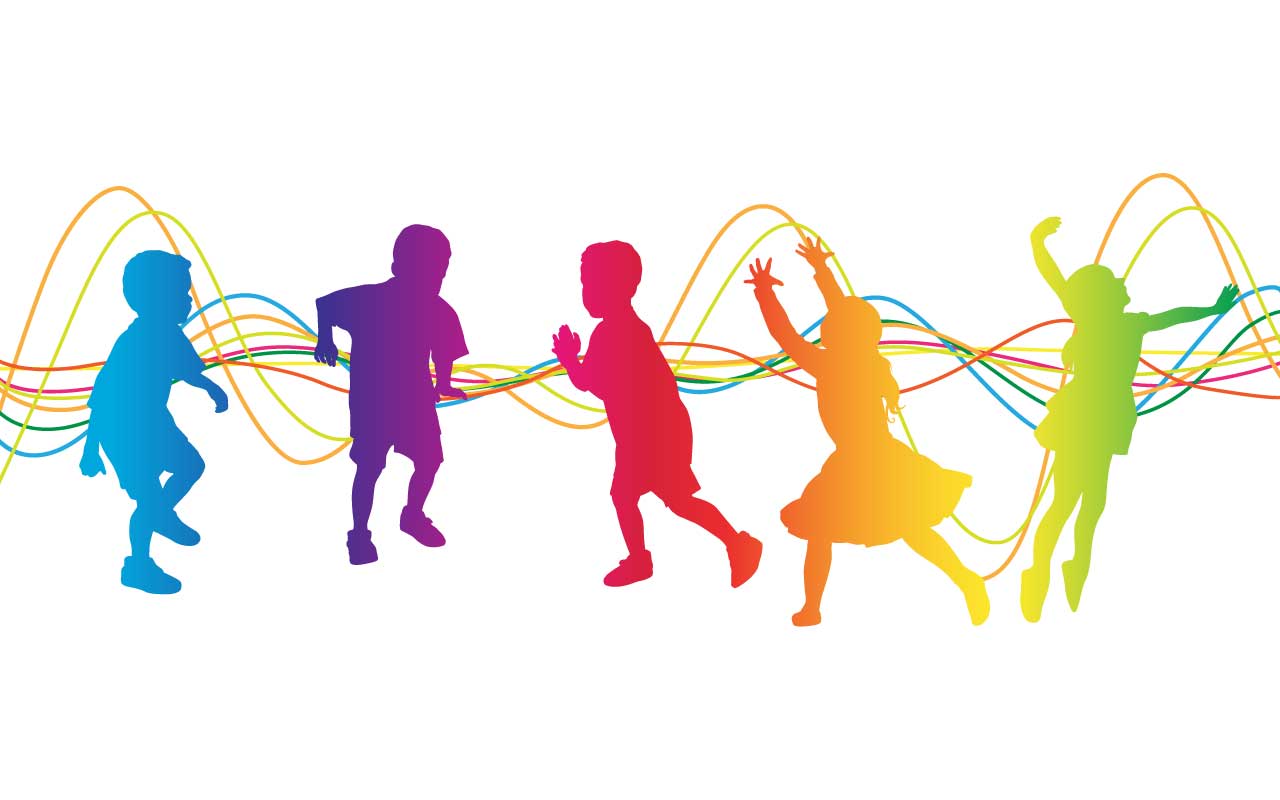 About 20 tweens pile into the unassuming studio space of their ballet school in mid-July. There are no frills here. The waiting area is small and a bit disheveled; the cinder block building has seen its share of life. But look closer: there’s magic inside.
About 20 tweens pile into the unassuming studio space of their ballet school in mid-July. There are no frills here. The waiting area is small and a bit disheveled; the cinder block building has seen its share of life. But look closer: there’s magic inside.
The dancers are not exactly sure what to expect from this week of “choreography camp,” but are glad to be there and ready for anything. Starting from nothing, in five days they will create a 20-minute ballet for family and friends. The director says she has it easy this week because the kids do all the work. The dance choreography might be the most straightforward part; they are also charged with music selection, costume and set design, hair and makeup. They first choose which story they will perform, selecting Willy Wonka and the Chocolate Factory, perhaps knowing on some level that the fun and magic of the story will parallel their own experience that week.
As a parent, I watched the final performance (criss-cross applesauce on the floor) with a huge smile on my face, amazed to see what these kids could accomplish in a week--without many resources beyond, of course, the staff’s and their own creativity, skill, and knowledge. I tapped my toe to the jazzy music they selected, laughed at the Oompa-Loompa’s pigtails and freckles, and the squirrels’ (who separate out the “bad nuts”) tails constructed out of cardboard tubes and old nylons, and was impressed by the level of dance, particularly of the older girls.
As a research associate of the National Institute on Out-of-School Time, I watched with a more serious eye, knowing that there were many best practices here in the room that could be shared with the larger field. What made the program seem so magical? How could the director, along with several other staff members, keep the youth so happy, relaxed, and engaged all week and guide them to create something wonderful?
The answer is simple: They do it by using many of the research-based quality practices that we know work, and are measured by field-tested tools (the APT Observation Tool, for example).
Activities were of a high quality and included:
Staff were of a high quality. The director has a master’s degree in education and decades of experience teaching youth, and the assistant director is mid-way through her master’s degree in counseling. Leadership development, which helps youth and at the same time sustains quality staff, has always been built in; the small dancers hold the even smaller dancers’ hands at performances, older dancers assist the younger ones in classes, and the director offers a more formal leadership program, thus creating well-trained staff. In fact, the staff assisting at this week’s camp were former students.
But it’s what they do that counts. They:
At the end of the final performance, the dancers took a big bow and soaked in the well-earned applause. Was it really magic I witnessed, or simply high-quality out-of-school time programming in action? I think both – aren’t they the same thing, after all? Like any good trick, it only looks like magic.
Elizabeth Starr, M.Ed., is a research associate at the National Institute on Out-of-School Time (NIOST) at the Wellesley Centers for Women since 2007. Her work focuses on professional development and system-building for the field of afterschool and youth development.
When you subscribe to the blog, we will send you an e-mail when there are new updates on the site so you wouldn't miss them.
Comments 1
Nice to see such a beautiful schooling environment. kids need to learn in a good atmosphere. Our kids also learning robotics and coding at iCode Coppell. It is the best after school program in Coppell. My children are learning happily without any stress. The school environment is sooo nice. They also conduct camps recently they are stated thanksgiving camps in Coppell. If you need any further information feel free to call 469.993.0515 or email them coppell@icodeschool.com for the quick response.